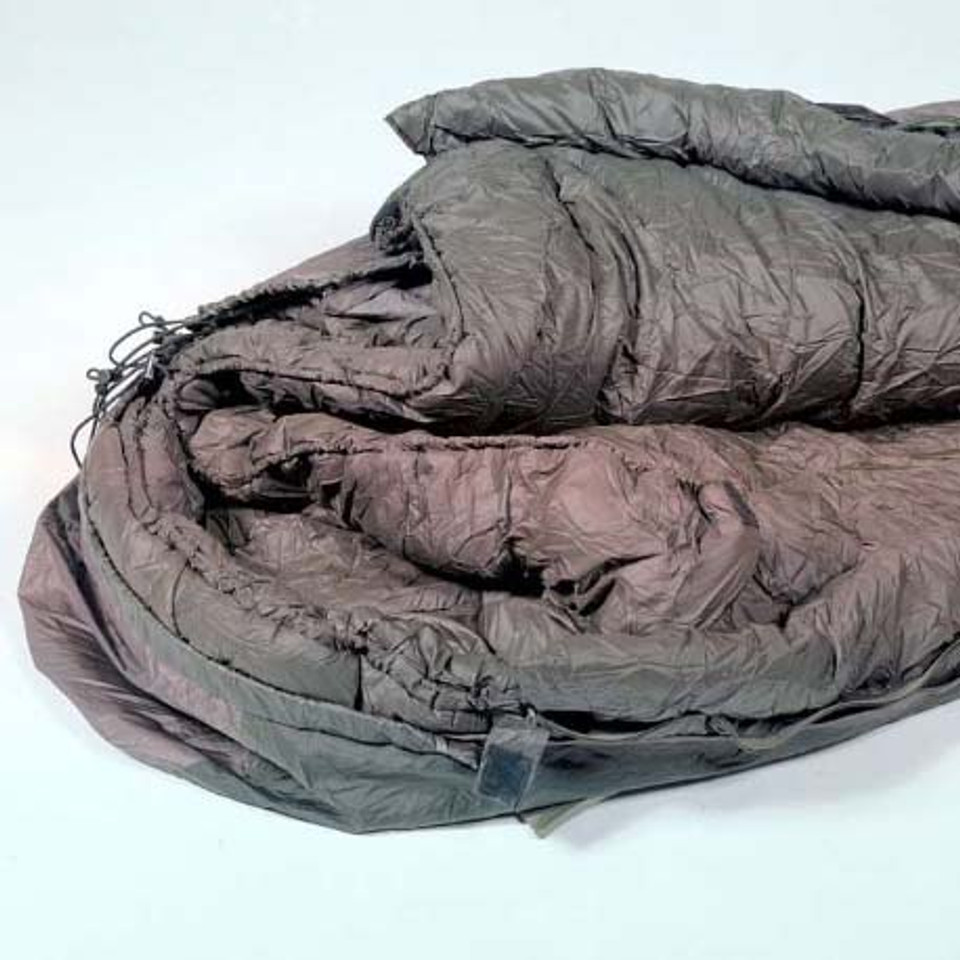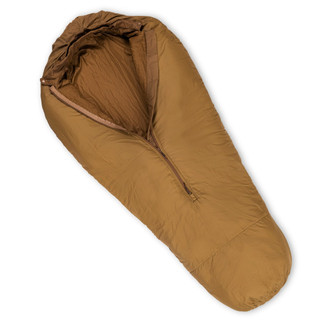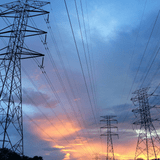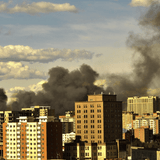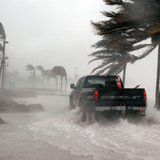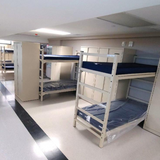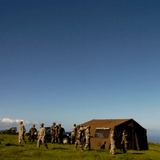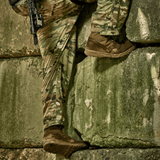How to Choose the Right Sleeping Bag Temperature
How to Choose the Right Sleeping Bag Temperature for Your Need
A sleeping bag doesn’t generate heat on its own. Instead, it works like a thermos, insulating and trapping the warmth your body produces. The effectiveness of this insulation is indicated by the sleeping bag’s temperature rating. Choosing the right sleeping bag isn’t simply about opting for the warmest model available; it’s about finding one that matches the specific conditions you’ll encounter.
If you’re unsure about which temperature rating suits your needs, follow these steps to select the perfect sleeping bag for your adventures.
1. Find the Lowest Expected Temperature
Check the weather forecast for your destination to see what lows you can expect. It’s smart to check historical weather reports as well, since temperatures can take a sudden dive.
Note that weather forecasts are given for the nearest weather station. In remote areas—especially in the mountains—the nearest weather station might be at a lower elevation. This can result in you getting an inaccurate weather report.
Not sure where you are going? Here are expected lows in North America at 6,500 feet elevation:
- Spring: Between 20°F to 35°F
- Summer: Between 35°F and 55°F
- Fall: Between 25°F and 40°F
- Winter: Between 10°F and 25°F
2. Subtract 10°F
Once you know the expected lowest temperature of your destination, subtract 10°F. You should get a sleeping bag with this temperature rating, or lower.
For example: If you expect it will get to 40°F at your destination, you should get a sleeping bag with a comfort rating of 30°F or lower.
3. Don’t Get a Too-Warm Sleeping Bag
While it is generally best to err on the side of caution and get a warmer sleeping bag than you think you will need, avoid getting one that is too warm. You will end up overheating and sweating, possibly causing your clothes and the sleeping bag to get wet. This in turn leads to evaporative heat loss, which will make you feel cold even in relatively warm temperatures.
Not sure which temperature rating to get? Consider a modular system. Modular systems are basically bags in a bag. The 3-piece Military Modular Sleep System (MSS), for example, allows you to stay comfortable at temps from 50°F down to -20°F.
4. Factor in Other Gear
There are three other important aspects to your sleep setup and staying warm:
- Sleeping pad: It insulates you from the cold ground.
- Pajamas: You should sleep in clean, dry base layers (aka thermal underwear). These Provide another layer of insulation and help wick sweat off of your body so you stay dry.
- Shelter: The shelter can prevent wind from blowing heat away from your sleeping bag.
If any of these items are subpar, then you will need to choose a sleeping bag with a temperature rating that is 5-10 degrees lower. On the flip side, if you have high-quality gear, you can get away with a sleeping bag that has a higher temperature rating.
You can check out good Military surplus tents and sleeping pad options here.
5. Age, Health and Gender Considerations
Sleeping bag ratings are determined for young, healthy users. A bag that keeps a 20-year old soldier warm at 20°F isn’t necessarily going to keep a 60 year old retiree warm. If you fall into any of these categories, dock another 5°F from the sleeping bag rating. For example, instead of a 30°F bag, you would want to get a 25°F bag.
- Skinny: Skinny people have a larger surface area for their mass, so they lose heat faster than heavyset people. They may also end up with lots of empty space in their sleeping bag, which makes it harder for the bag to trap heat.
- Low Muscle Mass: People with lots of muscle mass produce more heat and retain it better than people with low muscle mass.
- Older Age: Metabolism slows down with age, so you will need a warmer sleeping bag as you get older.
- Female: Women are typically colder sleepers than men, so will require a warmer sleeping bag.
6. Skills and Experience
Experienced outdoors people know tricks to keep warm, such as putting their feet in their pack, venting a shelter to reduce condensation, and filling dead space in a sleeping bag with dry gear. It’s still best to have a sleeping bag rated for the actual conditions, but these skills can help you stay comfortable even when the temperatures drop below the sleeping bag rating.
7. Be Honest with Yourself
There’s no benefit in “toughing it out” with a sleeping bag that doesn’t meet your needs. Be realistic about your fitness, health, cold tolerance, and skill level. And don’t deceive yourself into thinking you can manage with a lightweight sleeping bag just to save weight. Lightweight bags are typically suitable only for summer at low elevations; for cold weather or mountainous conditions, you’ll need a more robust option.
Check out our selection of Military sleeping bags, including lightweight options and heavier winter sleeping bags.

